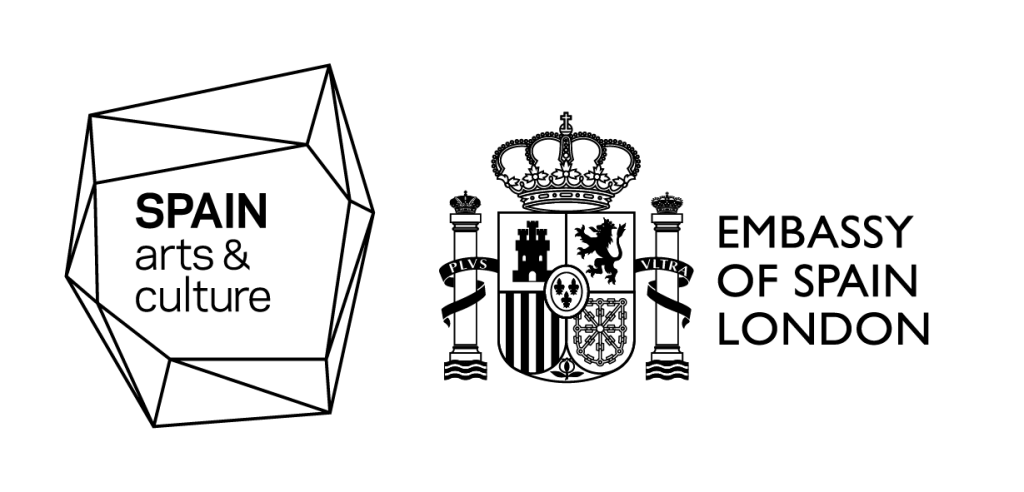Text by so-far & CLOT Magazine
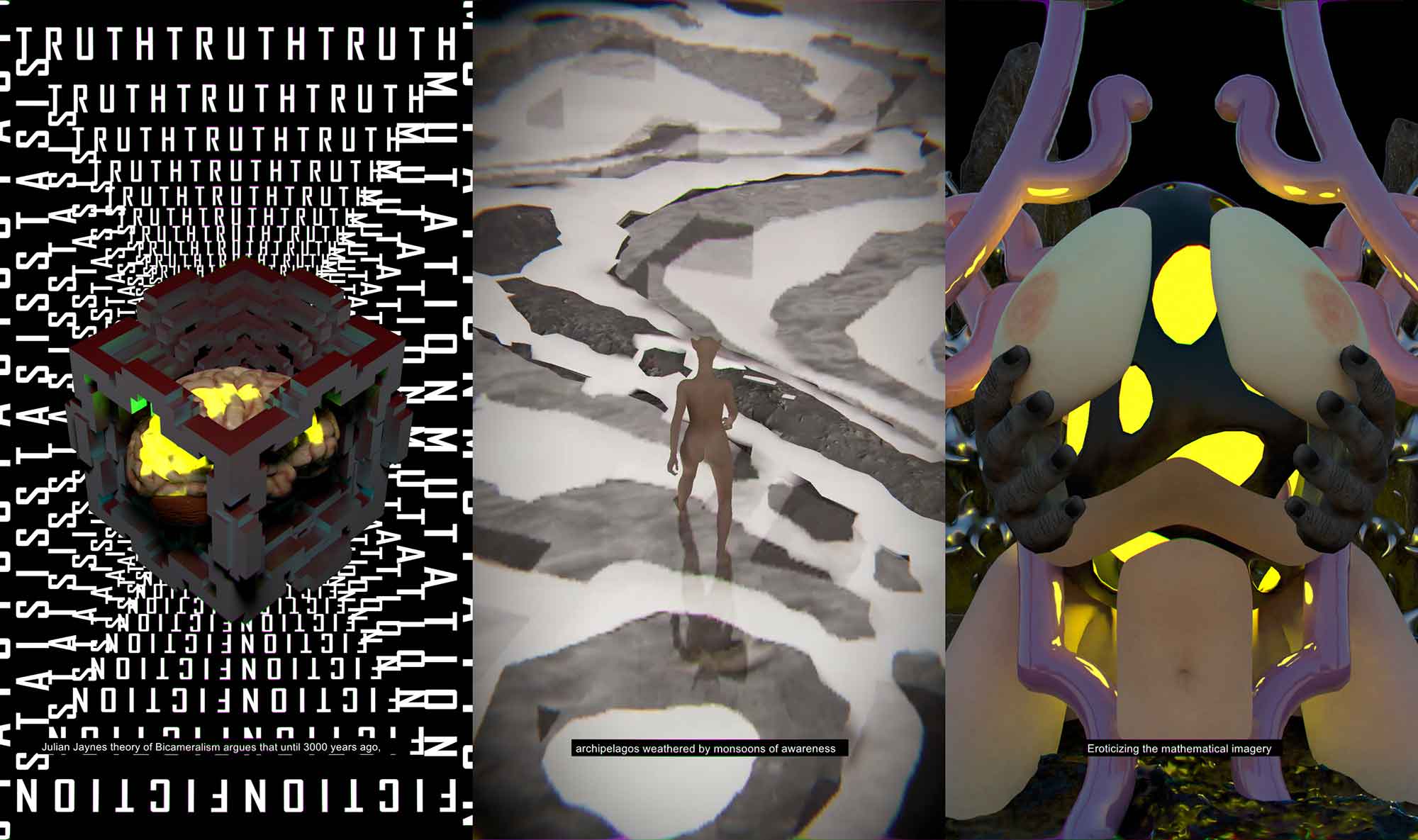
As we settle deeper into an uncomfortable co-existence with the pandemic, with various approaches from governments of different countries, as well as different phases in infection across the globe, we continue our dialogues exploring the virtual realms and our relationship with technology. While some countries are recovering a sense of physicality through “reopening” after lockdown, one cannot help wonder, what freedoms have been lost?
This question also begs for another one: what freedoms and rights were never really obtained? The death of George Floyd and the subsequent mass demonstrations brought another dimension to this already challenging year, making each of us reflect on what our social responsibility and what can actively be done to remake this broken world.
With this series of conversations, CLOT Magazine and so-far aim to promote debate between two different artistic and cultural realities, highlighting the need for closeness and open dialogue that is more urgent than ever in these complex times. For this second edition, we have brought together two aligning artists from our respective networks: Brandon Tay and Jaime de los Ríos. Based in Singapore and Spain, both artists’ work explores the relationships between the physical world and software interfaces.
The artists take their conversation into the realms of new physicalities, the transit of information and the meaning of reality when entangled with aggressive capitalism and neoliberalism. Their discussion reveals how socioeconomic power is embedded within cyberspace, and the need to focus on our immediate creative communities to nourish them outside the scope of the neoliberal agenda.
Time and space are the main coordinates that we as human beings use to navigate our environments, and the values of these parameters are being distorted by neoliberal economics. The impact of technology, geopolitics and the media on the circulation of information in a global society1, as well as the new situation caused by the pandemic have added even more distortion to the “like economy” on social media platforms that scroll down through our reality.
How we overcome these challenges both existentially and experientially will define how we move into what is now being called the “new normal”2. What best way to do it than listening to some of the most inspired voices shaping our current cultural and artistic landscape.
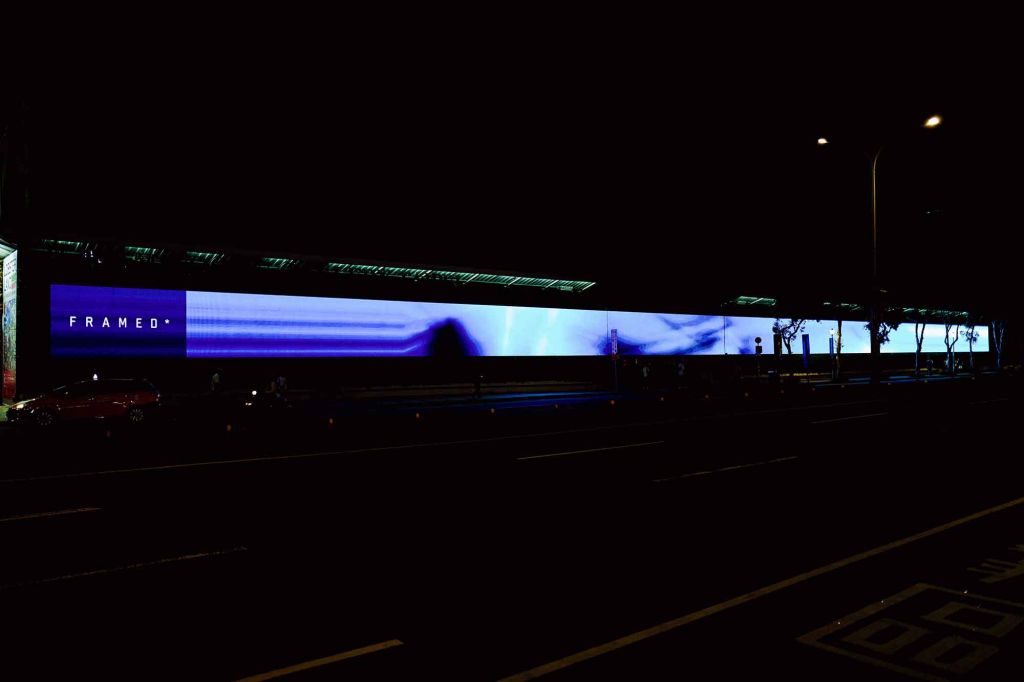
Jaime de los Ríos: In several of your works, I have been able to observe relationships between the physical world (context), software interfaces and the transit of information — the interiors of the virtual worlds that occur between emission and reception. In this sense, it reminds me of the famous complex net art diagram.
Brandon Tay: The complex version of the net art diagram comes closer to define how creative emergence happens for me.
de los Ríos: All these relationships also add to the personal contexts that are not so present in this famous scheme of the net. I’m not sure I know where that sort of culture comes from. Do you think it has a link with creative emergence?
Tay: I haven’t run an exercise to map the process, but two things come to mind when thinking about process as network. When we consider networks, an excessive amount of importance is placed on what defines a node, rather than the nature of the connection. Tim Ingold has been investigating this for a while, a good book to check out is The Life of Lines. The essence of his thesis is that the principle of lines and their extensions (like knots or weaves) define both the natural and the social world. The awareness of how correspondences define discrete entities, rather than the reverse, will increasingly be a more useful paradigm to build from.
The second is the understanding of emergence. In my experience, I tend to intuit that ideas have people, rather than the opposite. Ideas emerge with agency, in a memetic fashion, and people latch onto them. A case in point would be something like the invention of the radio, for example. History shows that multiple, separate and isolated parties were working towards the invention of the radio, with Thomas Edison only claiming the bragging rights through the slimmest of margins. Radios get invented when its radio time; art gets made when it’s time for it to appear.
de los Ríos: Unlike the “late-net” political approach that is now forming in Europe, which is focused on the connection of the Internet and socioeconomic power, materiality, and hacktivism, in your work, there is a combined existence between nature and cyberspace. What do you think is the link between technology and human beings?
Tay: This relates to the second part of my previous answer. First of all, the question of what defines technology, is whether it is an extension of human thinking, or whether it is an adaptation of principles that are readily apparent in reality itself. If we go with the latter, then we must assume that — like all living systems and also memetic ones — this system (as far as we talk about it as a discrete concept) has its own sense of agency. Thus, our relationship with technology is literally a relationship — it’s a conversation and negotiation within a system that has its own agendas, frameworks, goals.
de los Ríos: Your inspiration that you sometimes apply to characters or entities that inhabit the digital world, where does it come from?
Tay: Where ideas or characters come from is something I’ve been thinking about for awhile. If we assume that ideas have people and not the reverse, then we can take a causative approach and ask the question, where do these ideas emerge from.
Currently, I’m working on a project revolving around the anomalous appearance of a lemur that I came across one day. The event was so absurd and disparate from my everyday experience I felt compelled to work through it. Further research into the topic opened up rabbit holes about the appearance of lemurs in trans-media alternate reality games, the fiction of William Burroughs, and so on.
As I continued with the project, the “physical” appearance of the lemur first revealed some interesting realisations about the liminal aspects between fiction and reality, as well as the eventual visualisation of the artwork itself. In short, I can say that artwork and inspiration appear initially as anomalies in the physical, and the art-making is the slow processing of those sublime moments.
At present, my exposure and usage of machine learning and neural networks work as an uncanny seed for creative possibilities. Seeing faces in the cloud, I can sense some form of dark mirror reflected back that might begin to speak in its own ways. Conversely, when dealing with artificial intelligence (AI), the giants of global capitalism like Google or Amazon still hold the keys of what we can and cannot achieve with these tools.
de los Ríos: I thought of a computer vision project that I’m developing. It is a machine learning work in which I taught the algorithm with images of fantasy books and bestiaries to discriminate shapes anywhere, especially in the clouds. I do it from an ironic western point of view, and I would love to explore this possibility with you as you broaden my horizon. Can a machine imagine shapes in a cloud? And it also leads us to remember the famous Philip K. Dick novel and Blade Runner film, “Do androids dream of electric sheep?” which present the ultimate question with AI.
For me, there is a fundamental problem that arises from the difference between cybernetics and artificial intelligence. Cybernetics and artificial intelligence are often considered the same thing, with cybernetics having something to do with creating intelligent cyborgs and robots. In actuality, cybernetics and AI are different ways of thinking about intelligent systems or systems that can act towards reaching a goal. AI tries to understand the world from the perspective of the deterministic observer.
But to understand ourselves, and to conceive what we are and what we do in this world, we require second-order cybernetics strategies, acting as external observers of our world, or at least trying to. We can perhaps understand big data when we are able to see ourselves from another level, let’s say from the sky. Or on a physical level, we may understand the movements we make or think as a collective.
Perhaps this will help us understand what our collective drift is, like a school of fish or a group of birds being observed by humans. As you mentioned, even the use of machine learning from corporate data can help us make decisions in our collective drift.
However, rather than understanding ourselves, we can understand this system as the new great global slavery that is controlled by large corporations. Since this information is in the possession of large corporations, it is never the individual who decides, but these big actors themselves who can also exercise systemic mutilation, introduce falsehoods to condition our way of thinking and behaving, and thereby divert our paths.
Tay: Separately, neural networks, machine learning and AI, in general, utilise large, anonymised databases of unpaid raw data in the delineating agency. Besides fair remuneration to those contributors [3], if we’re serious about assigning agency to the AI itself, where do you think that point lies where the AI becomes its own actor?
de los Ríos: I hope people will be able to mislead this great eye and not get carried away by the comforts of large technology platforms. Again, I consider that artificial intelligence will begin to be important when it acquires independence from the human being and artificial lives are generated. We may even start questioning our life model and be able to generate dialogues with these third-person observers.
One of the texts that has most inspired me, connecting me with digital tools, is Roy Ascott’s essay “When the Jaguar lies down with the Lamb”4. He shares a scheme using plant technologies like ayahuasca or DMT, which compares them to hardware and software technologies. Do you think this makes sense?
Tay: Ok, let’s poke some holes within the ideas of hardware and software. If we follow this line backwards, where we will probably end up is a Cartesian understanding of the separation between mind and body. With the currently available research, this strict division between mental and physical is not necessarily true. For example, in the 20th Century, we understood that anxiety and hysteria were purely mental or psychological issues. But today, we have a more complex understanding of what causes anxiety within the body, such as gastrointestinal issues or tiredness.
We now know that these things are both physical and mental at the same time. So when we speak of metaphors of hardware and software, the useful paradigm wouldn’t be one in which the reality of the plant medicines (like ayahuasca or psilocybin) is the software aspect to a hardware delivery system. But rather, that pre-existing, complex, enmeshed reality of the plant presents a deeper level of truth than what is currently presented as what Ascott calls “Validated Reality”.
One commonality between the work that you and I do is that we are both used to working at scale with public art commissions that are collectively experienced with a shared time experience. One of my fears is that the world in which we can sense and share these moments is now forever dimmed.
With this in mind, how do you think time figures into the creation of media art at scales that we might not have had access to in the past?
de los Ríos: That is absolutely true, Brandon. It is a complicated question requiring some meditation, but placing time at the centre seems very smart. As you’ve indicated, the “like economy” and endless scrolls will dominate us. Thank you, neoliberal technologies! It’s funny how interfaces which are the door to interaction, are designed to infinitely drain our time. My work is placed in the broadest state of the temporal layer, that layer that allows a person to displace the dimensions and build spaces that are also temporary, constructivist. We coincide there.
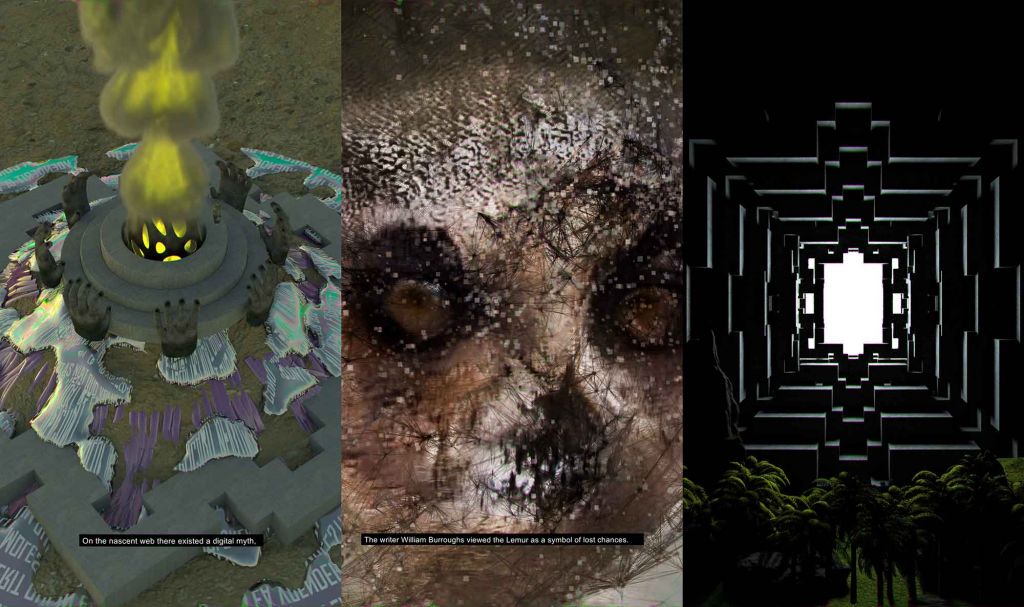
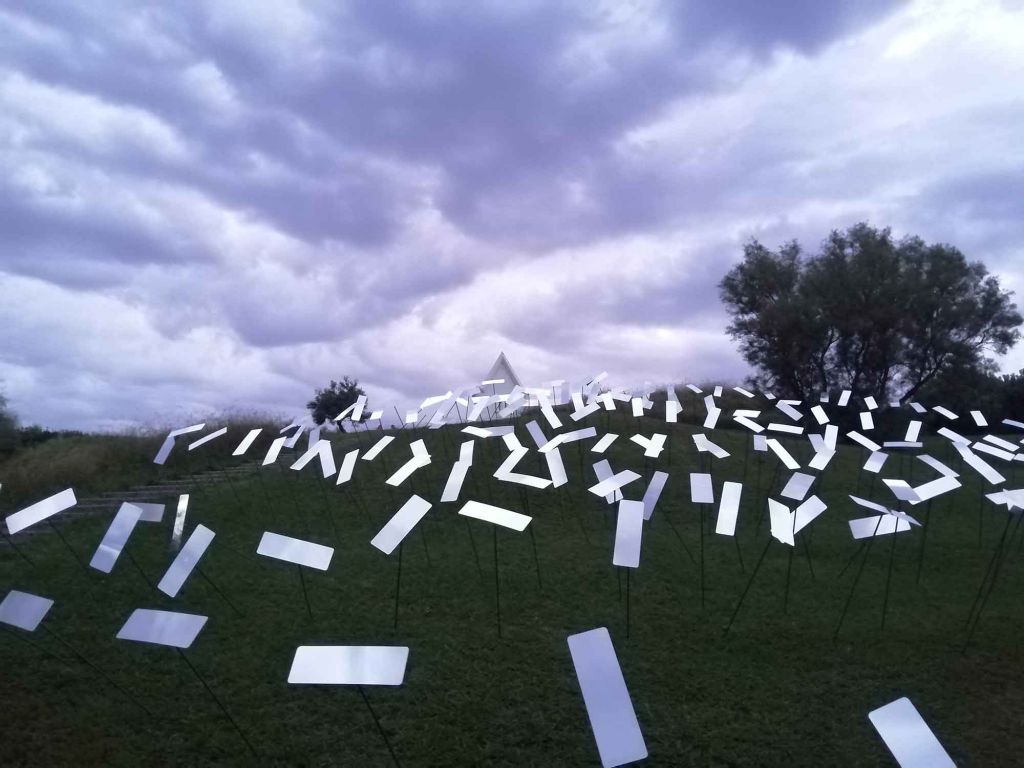
Tay: You’re definitely speaking my language! As with most creators and audiences right now, I’m sure that questions about how public art might look in this “new normal” might be hovering. Predictions now might be moot, but speculations might be useful. My interest is in defining presence and the sense of community that revolves around the commission and display of public artwork. What do you think might be useful directions to think towards?
de los Ríos: I still struggle to think about the “new normal”. In my opinion, this concept limits the possibilities of art, creating political borders that delimit our field of action. There is a new conceptual battle where tangible reality and public space are becoming extinct while our cybernetic natures are more present and hybridized.
So what can be defined as public art today? For example, net art is public, but at the same time, all web pages are private, and many of them are taking our data. This is the same that is happening intangible public spaces, whereas you say presence is more obvious. Perhaps we must redefine “the public” as a medium or space that is not what we originally intended but another kind of experience, a monitored and controlled environment. It may be possible to activate our greatest scientific and spiritual aspirations, such as telepresence to make some parallel, hacked reality…
Tay: Art-making requires a network of highly specialised labour and technology, especially when it is done on the scale of mediated public art. At this moment, many of the institutions that commission work like this are in flux. Recently, I’ve been picking up on the concept of interdependence that experimental musicians Holly Herndon and Mat Dryhurst have expounded. It posits a model that allows a direct relationship between artists and their collaborators with their audiences, allowing for a more horizontal form of economic equity [5]. Is there something here that we can apply to large-scale media arts?
de los Ríos: What a good question. We are in a moment in which “post-interaction” (a term coined by artist Varvara Guljajeva to refer to works that receive real-time data from many users, such as big data or even geological data influenced by humans in the Anthropocene) has emerged as an effect of cybernetics and an ecological way of understanding the world. Still, at the same time, it has been produced by capitalism. At an epistemological level, nothing is independent and we can find relationships that directly influence each of us in the same paradigm. Without a doubt, Bertolt Brecht would feel at ease in a world of systemic theatre!
CLOT Magazine: If you could imagine a collaborative work together, how would you envisage it to be?
Tay: I would envision a kind of conversation like the one we are having now, expressed via artworks as questions and responses. I’ve really enjoyed thinking about these topics and I hope Jaime has too.
de los Ríos: I’ve enjoyed this conversation greatly and have found a window to a new aesthetic and expanded thoughts. It would be great to turn this conversation into artistic metaphors through different exercises because I see that there really are themes that are common to us.
1 https://www.curatorialresearchbureau.org/programs/2019/case-studies-metahaven
2 https://www.sciencedirect.com/science/article/abs/pii/S0016328710002399
3 https://www.so-far.online/positive-externalities-and-third-world-problems/
4 Roy Ascott, “When the Jaguar lies down with the Lamb: speculations on the post-biological culture,” CAiiA-STAR Symposium, 2001
5 https://www.so-far.online/the-sound-of-the-future/
(Images courtesy of the artists)
This is the second collaborative interview series between contemporary artists on the so-far platform and those within CLOT Magazine’s network. The format attempts to seek alignments between new media practices globally, and forge serendipitous networks through dialogue and open sharing sessions. This series is supported by the Embassy of Spain in London.
